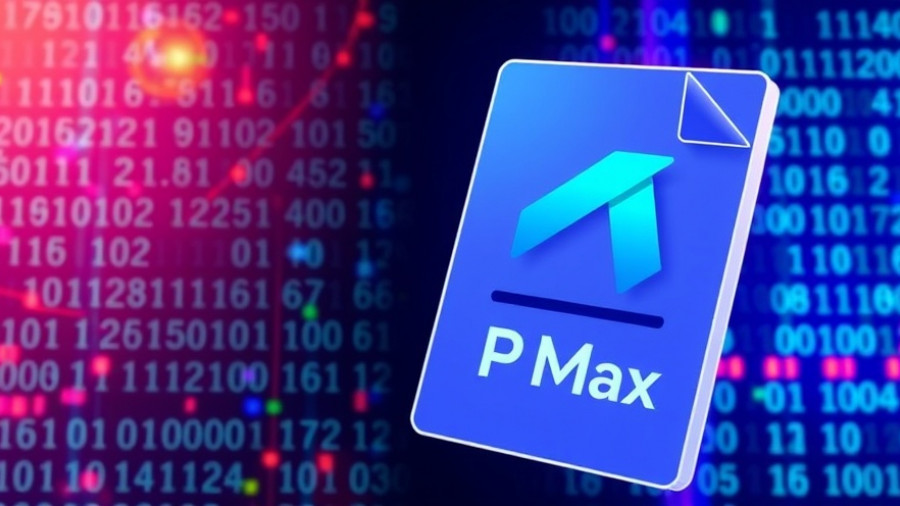
Unlocking Potential: The Role of a Google Ads Specialist
In the ever-evolving digital landscape, mastering Google Ads is crucial for businesses seeking to maximize their online presence. As a Google Ads specialist, you transform marketing strategies into robust, data-driven campaigns that resonate with target audiences. This guide outlines practical steps for aspiring professionals to become proficient in this vital area of digital marketing.
Understanding Google Ads: The Foundation of Success
Before diving into the certification process, it's essential to familiarize yourself with Google Ads' framework. It operates on a pay-per-click (PPC) model, where advertisers bid for ad placements based on keyword relevance and user intent. Understanding keywords and how the Google auction works is foundational for crafting successful campaigns aimed at achieving high conversion rates.
Certification: The First Step to Becoming a Specialist
One of the best ways to begin your journey is through the Google Ads certification. This program, offered by Google Skillshop, equips you with comprehensive knowledge about various Google Ads components, including search ads and display ads. Completing the courses not only enhances your skills but also adds credibility to your resume in a competitive job market.
Practical Experience: Bridging Theory and Real-World Application
While certifications are crucial, real-world experience takes your understanding of Google Ads to the next level. Consider undertaking internships, freelance projects, or managing Google Ads for small businesses. These experiences will provide valuable insights into optimizing campaigns for different industries and learning how to interpret data effectively.
Performance Metrics: The Key to Campaign Success
As a specialist, knowing how to analyze performance metrics is essential. Key Performance Indicators (KPIs) like click-through rates (CTR), conversion rates, and bounce rates help assess the effectiveness of your campaigns. Regularly monitoring these metrics allows you to make informed adjustments, maximizing your advertising ROI.
Staying Updated: Navigating Digital Marketing Trends
The digital marketing landscape is continuously changing, with trends like mobile-first indexing and AI integrating into marketing strategies. Regularly reading digital marketing news and research will keep you in tune with algorithm updates and shifts in consumer behavior. Knowledge of social media marketing trends and e-commerce SEO techniques will enhance your Google Ads campaigns by aligning your strategies with current market needs.
Networking and Community Engagement: Learning from the Best
Joining industry groups on platforms like LinkedIn or participating in forums such as Google Partners can provide insights from experienced practitioners. Engaging in discussions and asking questions will enhance your learning and may open doors for mentorship opportunities, helping you navigate your career path effectively.
The Future of Google Ads: What to Expect
Predicting the future of Google Ads involves understanding the impact of evolving technologies and consumer trends. Aspects like voice search optimization and programmatic advertising are gaining momentum. Staying ahead means embracing these changes and preparing to adapt your strategies accordingly, ensuring your skills remain relevant.
Your Path Forward: Moving From Knowledge to Action
Becoming a Google Ads specialist entails a blend of continuous learning, practical experience, and networking. By following this guide, you pave your path to a rewarding career in digital marketing. Start today by enrolling in certification courses, volunteering for projects, and connecting with industry professionals.
Ready to elevate your advertising skills and make a significant impact on your business or clients’ growth? Begin your journey as a Google Ads specialist today, and unlock the vast opportunities that digital marketing has to offer!
 Add Row
Add Row  Add
Add 




Write A Comment